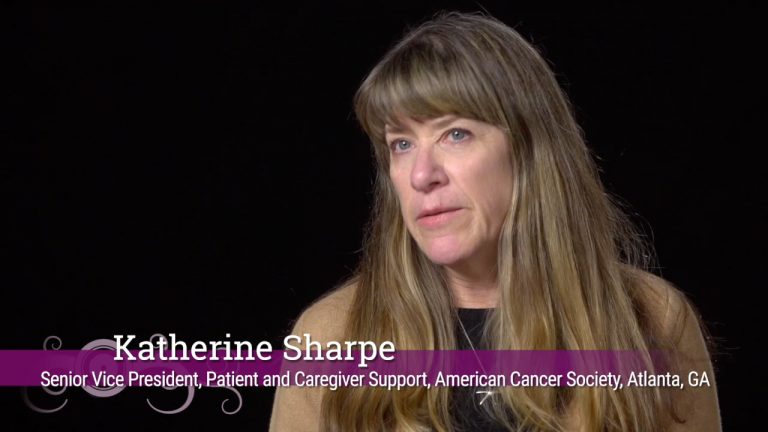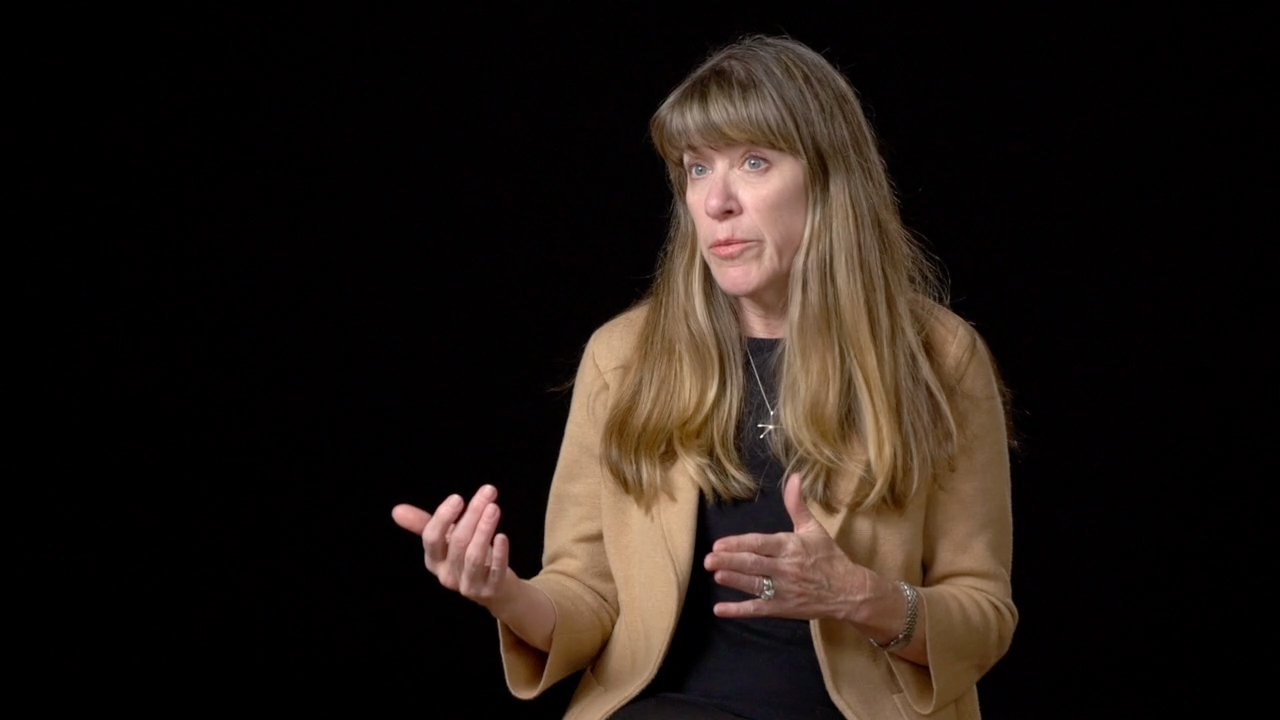Navigation is still fairly new to the world of urology private practice, but thanks to the efforts of a few navigators who set out to identify and recover genitourinary (GU) oncology patients in need of care or lost to follow-up, navigators have solidified their place as part of the multidisciplinary team at Urology Austin, the largest urology group in Central Texas.
At the 2022 AONN+ Midyear Conference in Austin, TX, Marco Carlos, MA, OPN-CG, Director of Clinical Care at Urology Austin, and Valerie Guzman, MA, Navigation Manager at Urology Austin, discussed strategies for leveraging navigation programs in a private practice, in this case, a urology group.
Urology Austin is part of Specialty Networks, of which 80% of active private practice urologists in the United States are members. “The biggest thing we do as part of this network is collaboration, not only navigator-to-navigator, but also at the executive level,” said Mr Carlos.
The Beginning and Now
In urology private practice, the influence of navigation has been around since about 2010, when a few urology groups began to assign coordinators to identify patients for prostate cancer treatments becoming available in the prechemotherapy space. To take care of these men, internal clinics started to develop.
“This allowed us the ability to treat prostate cancer populations at our practice that historically we had to pass along to other oncology centers,” Mr Carlos said.
Prior to that, navigation really only existed in hospitals, large cancer centers, or academic institutions, and there was very little understanding about what constituted navigation, he noted.
Around 2012, navigator positions began to appear in Large Urology Group Practice Association (LUGPA) groups. “Now, most LUGPA groups have some kind of navigation program or are looking to get one,” he said.
In 2015, UroGPO (the first and largest urology-specific group purchasing organization in the United States) hosted the first Patient Navigation Meeting in partnership with industry and LUGPA, and at the 2016 LUGPA Conference, interest in navigation programs spiked.
“By 2016, some of the more forward-thinking LUGPA groups started building sophisticated prostate cancer navigation programs,” he said. “But before 2016, I had never even heard of a patient navigator.”
Mr Carlos recruited Ms Guzman to navigation in 2019, and together they launched the No Next Appointment campaign, a pilot program meant to find patients who did not have a scheduled follow-up or were lost to follow-up. They utilized PPS Clinical Analyst Services (CAS), a company that specializes in analyzing data from the electronic medical record and other systems and transforming them into actionable insights for providers.
Thousands of Patients Recovered
In May 2021, Urology Austin engaged PPS CAS to clean up their data and improve their navigation efforts. Of 8609 active patients with prostate cancer, they discovered 2448 patients (going back 36 months) who did not have a follow-up appointment.
According to the researchers, this project provided hard and undeniable proof that patient navigation and data analytics were key to delivering outstanding patient care.
“CAS allows us to find patients that we can refocus on,” he said. “They do the data mining, and we do the patient care in the office.”
As of April 2022, they have recovered 50% of those patients back to the practice and continue to reach out to the rest.
“Many of these patients were doing well, they just needed to keep their surveillance going,” he noted. “But some of them had not been doing well; primary care doctors sometimes forget that their patient had treatment for prostate cancer and think that a PSA [prostate-specific antigen] of 2 is totally within normal range. No, that patient’s PSA should be zero.”
Getting Administrator and Shareholder Buy-In
“What we do is patient-centered care; that’s what we care about the most,” Mr Carlos said. “But at the end of the day, there’s a business being run, and those two things can come into conflict.”
Most private practices are owned by the physicians working there, so when a new initiative arises, the physicians have to pay for it. Because of this, making the case for hiring navigators in private practice can be a challenge.
Mr Carlos pointed out that convincing a busy urologist that he needs another medical assistant may be met with a bit of hesitation, but if he knows that person will lighten the workload, he’s likely to acquiesce. But convincing him he needs a navigator, when he’s not even clear on what a navigator does, will be much more challenging.
But data consistently demonstrate that navigation is not only good for patient care and outcomes; it’s good for business.
“And peer pressure works,” he said. “The more practices in urology that get navigation programs, the more robust they become, and the more the peer pressure escalates.”
At the end of the day, most urology practitioners are interested in staying on the cutting edge of diagnosis, treatments, disease detection, and standard of care, and navigation has become a part of that. So as navigation became the standard, more and more groups started to accept the development of these programs into their practices.
“The philosophy of, ‘take care of the patient, and the money will follow,’ started to take hold, and we were able to get administrator and shareholder buy-in,” he said.
The Role of the GU Navigator
Like any navigator, the main goal of the GU navigator is to reduce barriers to care and deliver the right treatment to the right patient at the right time.
According to Ms Guzman, almost all GU navigators are homegrown and come into the field with many years of urological experience.
She noted that, particularly in the field of urology, ignorance about what navigators do can be widespread, but that’s all just part of the process of becoming established. “A lot of people think we just sit there and do nothing; we’ve heard that a lot,” she said. “Some members of our team admit that they misjudged us at first, but now say they have so much respect for the impact we have on our patients and our community.”
Mr Carlos hopes that one day soon, Urology Austin will have specialized navigators and social workers, but for now, their patient navigators deal with issues like patient and caregiver education, data mining, prior authorizations, compliance, adverse events, funding, drug refills, and care coordination.
Navigation’s Scope of Impact
Since keeping track of the No Next Appointment initiative, the navigation efforts at Urology Austin have recovered 1927 patients who have now completed various treatments, tests, and follow-up visits.
According to Mr Carlos, equating those recovered patients to actual money brought back into the practice proves the value of navigation to administrators.
“So does navigation pay for itself?” he asked. “You bet it does. And that’s just 1 aspect of our navigation effort—patients who didn’t come back to the clinic—this doesn’t account for all of the other patients we identified through our analytics.”
Urology Austin continues to focus on expanding navigation services in prostate cancer, bladder cancer, and renal-cell carcinoma, with an increased emphasis on research and collaboration, as well as promotion of navigation certification and enrollment in the Academy of Oncology Nurse & Patient Navigators.
“We’ve seen our impact,” added Ms Guzman, “and we need to continue to grow it.”
Copyright © 2022 Journal of Oncology Navigation & Survivorship. Used with permission.



